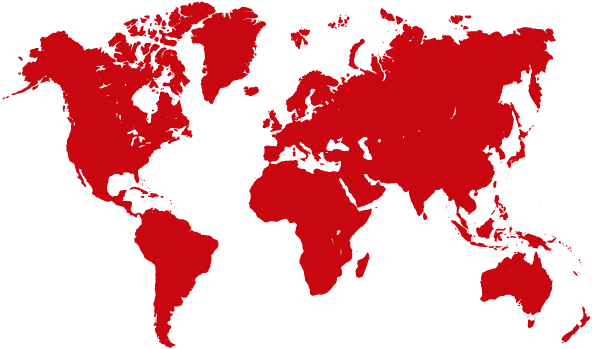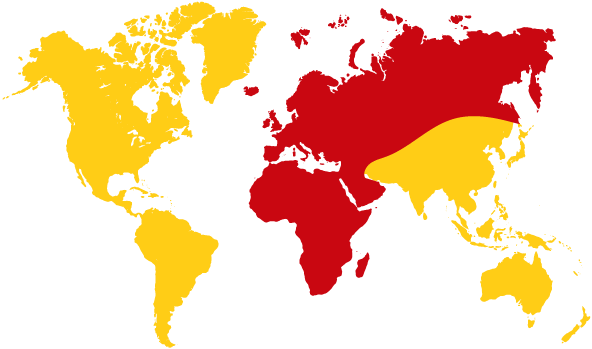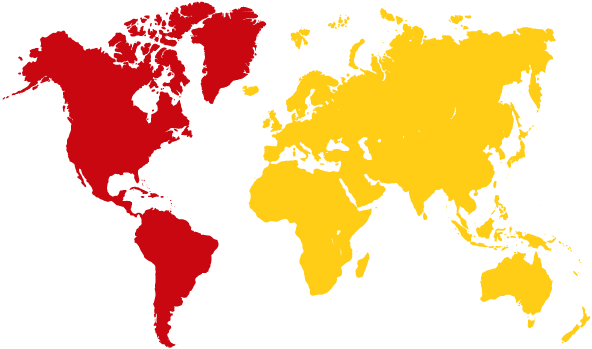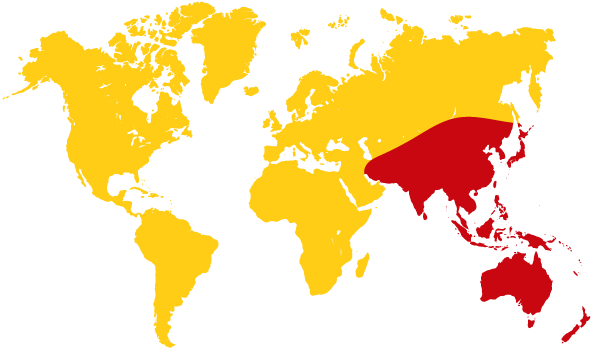The Global Amateur Radio Emergency Communication (GAREC) conference held in Huntsville Alabama USA shared many informative presentations, videos and discussions on recent experiences plus some media interest.
Organiser Greg Sarratt W4OZK said the local television station interviewed IARU Region 1 Coordinator Greg Mossop G0DUB, ARRL Regulatory Information Manager Dan Henderson N1ND, and himself, for the evening news program.
GAREC-2014 was hosted by ARRL Alabama Section and the Huntsville Hamfest Association. It was attended by delegates from all three IARU regions.
Greg W4OZK said that besides routine items such as IARU regional reports and a desktop exercise, presentations were received on many interesting topics.
These included Emergency Communications as an element of promoting Amateur Radio, the Salvation Army’s SATERN program digital modes and remote control operation, the US Defence Department use of the Military Affiliate Radio Service (MARS) for Humanitarian Assistance and Disaster Relief, and a combined Emergency Services Dispatch Centre providing interoperable communications.
During the conference and in open sessions a number of themes began to emerge and were discussed.
These included the importance of meaningful conversations with served agencies to ensure that their communications needs are met, and to focus attention on Amateur Radio as a trusted partner in emergency response in all phases of the communications life cycle.
The use of social media was also discussed as a medium to send near real-time information on an event which does not compromise our relationships with the served agencies.
The promotion of GAREC itself including video on social media could broaden the knowledge of this important annual event.
There were reports on Brazilian floods, the Super Typhoon Haiyan in the Philippines, the role of radio amateurs in the Thailand flooding and restoration of HS0AC.
The delegates reaffirmed that every country had different disaster response needs reflecting their unique situations and operational standards.
The IARU HF Emergency Message Procedures, which has elements such as net operation procedures, standard messaging protocols and activation protocols, should continue to be developed to establish baseline standards between countries and regions.
These recommended best practices are not intended to replace existing Standard Operating Procedures but to enhance them.
The conference recognised that more needed to be done to reach out to its served agencies to promote the emergency communication role of Amateur Radio.
The role of Amateur Radio in emergency communications is constantly changing. It must continue to adapt to the needs of its partners including embracing emerging technologies and new challenges.
All GAREC participants past and present are invited to submit their ideas or examples of local best practice to the next conference in 2015.
GAREC participants recognise that to recruit the next generation of emergency communicators, strong emphasis needs to be paid to recruiting new licensees to the hobby with attractive program training and support. This includes the development of youth and mentoring programs.
Greg W4OZK said the delegates recorded their thanks and appreciation for the generous hospitality of ARRL Alabama Section and the Huntsville Hamfest Association, for a successful conference on August 14–15.
The next and 10th GAREC will be in Tampere, Finland in June 2015. All groups and organisations involved in emergency communications are invited to attend to share their knowledge and learn from others.
The final program is at http://www.w4ozk.com/GAREC14_Official%20Program.htm
All presentations will soon appear on the website http://www.w4ozk.com/GAREC14.htm
— Jim Linton VK3PC, Chairman IARU Region 3 Disaster Communications Committee.



